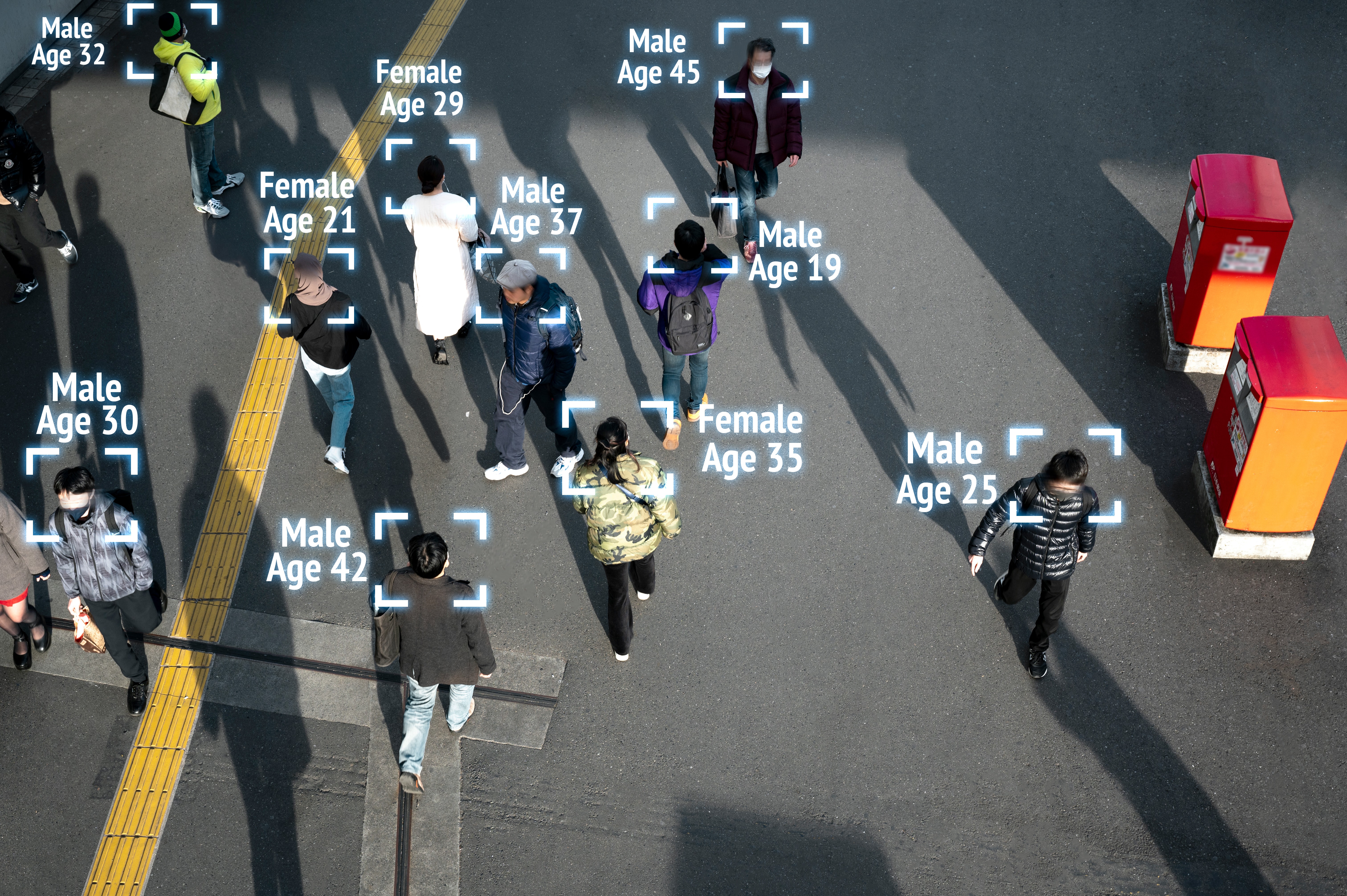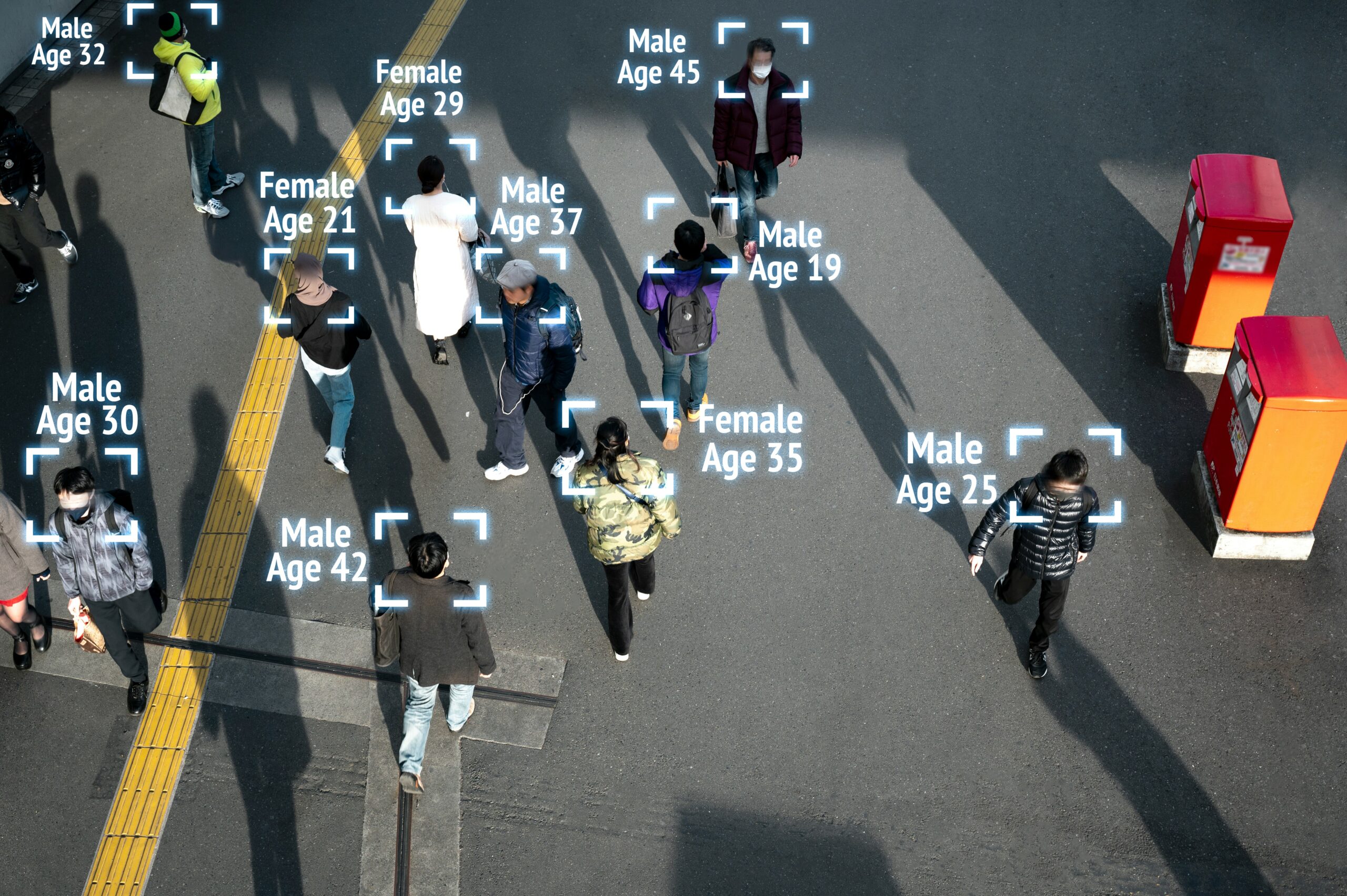Are you searching for high-quality Free Face Recognition Datasets to elevate your AI and machine learning projects? Look no further! We’ve compiled a list of 19 free facial recognition datasets ideal for tasks like AI algorithm development, model training, and computer vision research.
Why Face Recognition Datasets Are Essential
Face recognition plays a vital role in modern AI applications, from improving security systems to creating personalized user experiences. The global facial recognition market is expected to grow from $5.01 billion in 2023 to $12.67 billion by 2030, with a CAGR of 14.5%, driven by advancements in AI and the rising demand for contactless authentication.
Free face datasets are essential for developers and researchers, offering cost-effective, diverse, and well-structured data for training robust models. Many of these datasets are made available to the general public, supporting open research and development in the field. These datasets support innovation in areas like emotion detection, age estimation, and pose analysis, helping you stay competitive in this rapidly evolving field.
Face Detection Techniques: The First Step in Facial Recognition
Before a facial recognition system can identify or verify a person, it first detects faces in images or videos—a key step called face detection. This helps algorithms focus on relevant areas, improving recognition accuracy. Traditional methods like the Viola-Jones detector are fast and reliable under varying conditions. Meanwhile, deep learning-based techniques now offer higher accuracy and adaptability for complex scenarios, such as faces in different poses or environments. Choosing the right method depends on your project’s needs, balancing accuracy, speed, and image complexity.
Face Images Preprocessing for Reliable Model Training
High-quality preprocessing of face images is a critical step in building robust facial recognition systems. By carefully preparing your image dataset, you can significantly enhance the performance of face recognition algorithms. Preprocessing typically involves techniques such as data augmentation to increase the diversity of face images, histogram equalization to improve contrast, and face alignment to standardize facial features across the dataset. These steps help minimize the impact of variations in lighting, pose, and facial expressions, ensuring that your facial recognition model can generalize well to new data. Effective preprocessing not only improves the accuracy of your model but also makes it more resilient to real-world challenges, enabling reliable facial recognition across a wide range of images and environments.
19 Free Facial Datasets for Face Recognition Model Training


A facial recognition system can perform its computer vision tasks only when trained on a quality face video and image data set. Without a quality video and image recognition dataset, you might not be able to develop a robust facial recognition system. Many of these resources include face photographs designed specifically for benchmarking and evaluating face recognition algorithms under various conditions such as lighting, expression, pose, and occlusion. But we have a solution.
Explore a repository of high-quality open-source image and video datasets that can be accessed for free.
Let’s get started.
-
Labeled Faces in the Wild (Link)
Another free-to-download large facial image dataset, Labeled Faces in the Wild, contains approximately 13,000 facial photographs specifically designed for performing unconstrained facial recognition tasks. The images are collected from the web and are labeled with the person’s name.
-
CelebFaces (Link)
CelebFaces is a freely available image dataset containing face attribute images of more than 200,000 celebrities. Each of these images comes annotated with 40 attributes. Moreover, the annotations also include 10,000 and more identities and landmark localization. It was developed by MMLAB for non-commercial research purposes and face detection, localization, and attribute recognition.
-
Tufts Face Database (Link)
Tufts Face database is a large-scale heterogeneous face detection database with various image modalities including photographic images, computerized sketches of faces, and 3D, thermal and infrared images of participants. This comprehensive collection of over 10,000 images has participants of both genders, a wide age range, and from different countries.
-
Google Facial Expression Comparison (Link)
Google Facial Expression comparison is another large-scale free dataset containing face image triplets. Humans further annotate the images to specify which pair among the three have the most similar facial expression.
-
UMDFaces (Link)
One of the largest datasets, UMDFaces features more than 367,000 annotated faces across 8,200 subjects. The database also contains more than 3.7 million annotated frames from videos using facial key points of 3,100 subjects.
-
Face Images with Marked Landmark Points (Link)
This free facial recognition dataset has 7049 images, each marked with up to 15 keypoints. The keypoints per image can vary, but 15 is the maximum. All keypoint data is provided in a CSV file.
-
UTKFace (Link)
The UTK Face dataset has 20,000 images of people of all ages. It includes information on age, ethnicity, and gender.
-
MORPH (Link)
MORPH is a dataset for estimating age from faces. It has 55,134 images of 13,617 people aged 16 to 77.
